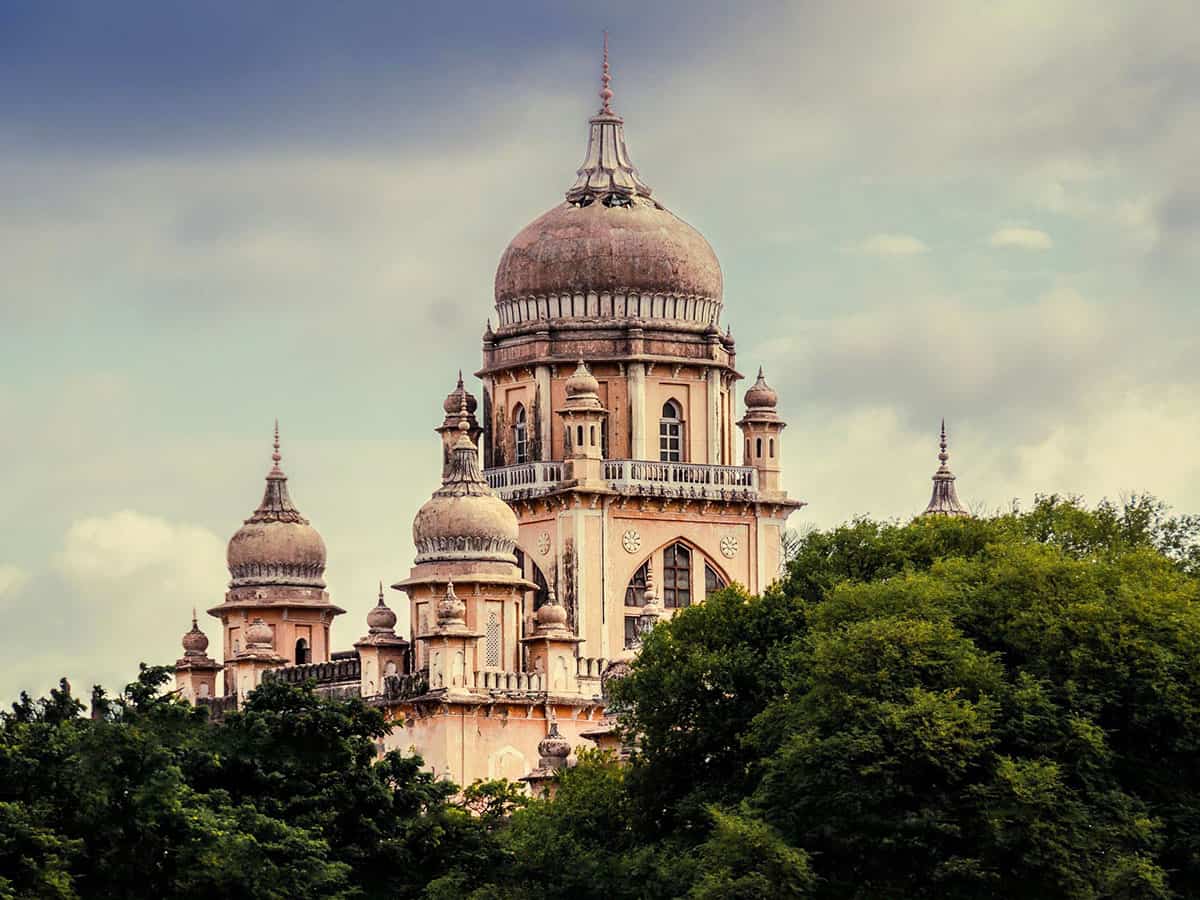Hyderabad: As infrastructure problems continue to plague the Osmania General hospital (OGH), a section of doctors are now asking the administration to reopen the hospital’s old heritage building which was sealed shut on July 22 after it was flooded with rain water. Moreover, doctors from OGH also said that the closure of the old heritage structure has also resulted in surgeries being halted due to lack of space.
“There have been appeals to the superintendent for resumption of elective theatres, which previously used to happen in the in-patient block in the old building. All this time we have not been doing elective surgeries, as only emergency surgeries are taking place in the new block where all patients have been shifted to. There is acute shortage of oxygen supply in the new block,” said a doctor from OGH, who did not want to be quoted.
The doctor told siasat.com that patients who require surgeries (planned) are being sent to other government hospitals now. It may be noted that the OGH’s main heritage building was not flooded all through August in spite of heavy rains lashing Hyderabad for more than a week. The building was sealed shut on the basis of its ground floor wards getting flooded during heavy rain in July.
It was later found that the flooding as a result of a choked sewer that passes from underneath OGH. This was corroborated and confirmed even by OGH superintendent Dr. B. Nagender. The closure of the main building has also crippled the hospital’s services, especially during the ongoing COVID-19 pandemic, when the hospital is also receiving several COVID-19 suspected patients, who are being kept in an isolation ward.
Moreover, a shocking incident of infrastructure damage also came to light in the Quli Qutb Shah building earlier this month. A huge patch of the ceiling’s plaster fell-off inside the bathroom of a duty doctor within the block. Not surprisingly, doctors said that the block is riddled with other issues, like shortage of medical instruments as well.
“I don’t understand why the old building is closed, as it has been 5-6 weeks and no alternate arrangements have been made. Senior doctors from the administration are still defending the closure. My head of department was arguing with me, and asking me not to raise issues. Higher-ups say that there are not enough oxygen connections, as lines have not been laid in the new block. Is it ok for us to make patients leave like this?” questioned another OGH doctor.
When contacted, Dr. Nagender said that some people have been asking to reopen the old heritage structure for various reasons. “However, the decision to close it had come from above, and only higher-ups can take a call. I was recovering from COVID when the building was closed,” he added.
Another hospital official, who did not want to be quoted, however conceded that the contractor who was given the tender to complete certain works inside the Quli Qutb Shahi block did not do a good job, which is why there have been one issue after another. “Moreover, he has only finished 60% of the work, and 40% or so is still pending,” the official added.
History of OGH
OGH was completed in 1925 after Hyderabad was affected by the bubonic plague around 1911. The city administration then took care of the issue, following which the then Nizam Osman Ali Khan (1911-48) set up the City Improvement Board (CIB) in 1912 to improve Hyderabad’s infrastructure. It was designed by architect Vincent Esch, who also designed the Victoria Memorial in Kolkata.
The OGH’s old building (along with others like High Court and City College) is an excellent example of the Osmanian style or Indo Saracenic genre of architecture. It is an integral part of Hyderabad’s 20th-century riverscape and skyline. The CIB during the reign of Osman Ali Khan had transformed the medieval city into a modern metropolis, complete with infrastructures like the High Court, railway stations, schools and OGH.

